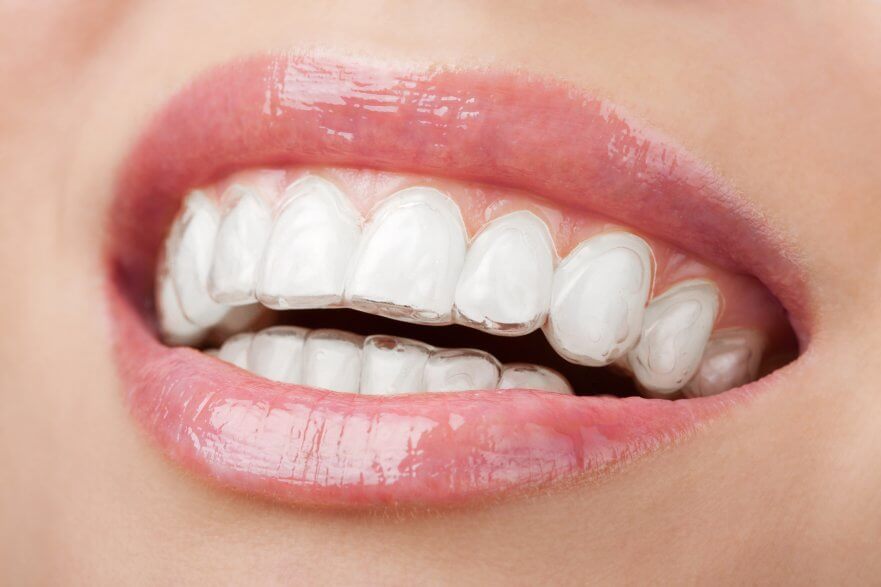Invisalign Aligners –What Are They Made Of and How Do They Work?
With Invisalign, patients may get their teeth straightened without using the metal wires and brackets of traditional braces. The clear Invisalign trays are nearly invisible when placed on the teeth. But what precisely are those trays made of? Find out more about how the trays’ construction and substance affect your teeth move by asking a dentist about Invisalign in Morrisville, NC, today.
What Invisalign aligners are made of
Because Invisalign aligners are composed of materials with high strength and high modulus, they are durable and robust yet still flexible enough to let your teeth move naturally during treatment. Knowing what makes these materials so powerful will help you comprehend how this product functions and the reasons for the great success of this ground-breaking teeth-straightening method since its introduction in 1997.
Polymethyl methacrylate
Polymethyl methacrylate (PMMA) is the material used to make the majority of aligners. Plexiglas, acrylics, synthetic jewels, and lenses are also made from PMMA. It is robust, clear, and long-lasting. Polyethersulfone (PES), a material frequently found in food packaging, is utilized to make certain aligners. Although PES aligners are transparent, they are not as durable as PMMA ones, so if young children overuse them or gnaw on them, they might break. Additionally, because they are stiffer than other materials, they might not be as comfortable.
Polymethyl methacrylate (PMMA), a sturdy plastic found in many other commonplace objects, is utilized to make various aligners. Because it is transparent, you can see your teeth through it, which makes it perfect for use as aligners.
In addition to being robust and heat-resistant, PMMA is less prone to distort when worn adjacent to the skin or in hot environments beneath clothes. PMMA’s primary disadvantage is that the material is brittle and rigid, making it possible for your aligners to break or fracture entirely if anything knocks into them or if you chew on them. PMMA aligners are complicated and costly to repair. Therefore, many dental clinics will not take on the task of fixing defective ones.
Acrylic resin
Acrylic resin is the transparent plastic used to make aligners. Though not as hard as bones, it is far tougher than teeth. While it is flexible enough to allow for comfort and to enable eating and drinking in place, it is rigid enough to ensure that your aligners do not move about too much when you wear them.
These factors make acrylic resin one of the materials most often used in dentistry today for crowns, bridges, dental fillings, and, more recently, aligners. After taking an imprint of your teeth, your dentist will send it to a lab so that a technician may utilize it to create your custom aligners out of Acrylic Resin.


